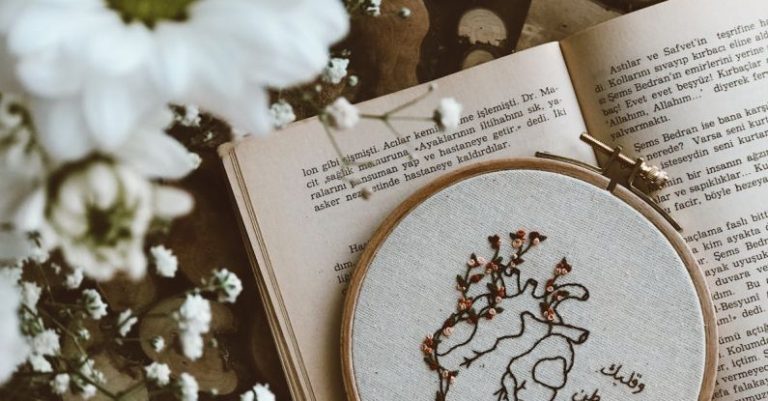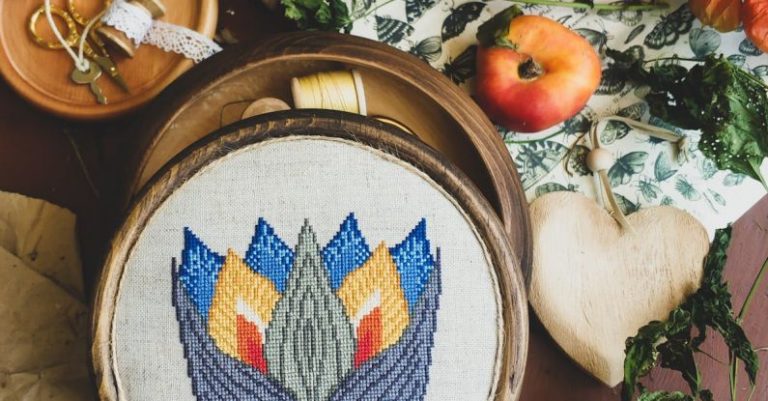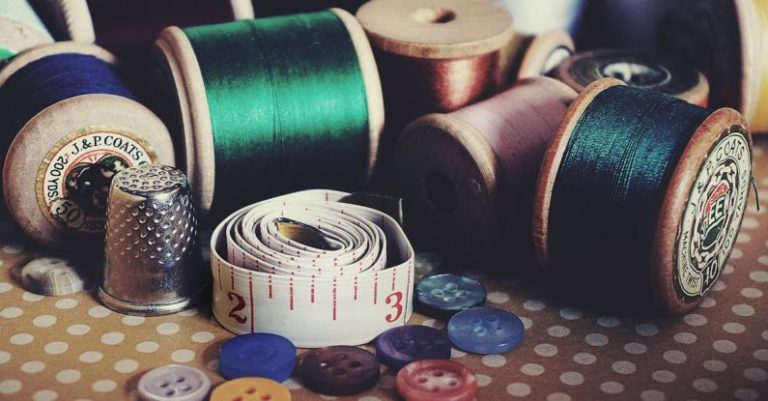
Embroidery enthusiasts know that choosing the right thread can make a significant difference in the outcome of their projects. With so many options available in the market, selecting the perfect embroidery thread can be a daunting task. From different fiber types to varying weights and finishes, there are several factors to consider when picking the ideal thread for your embroidery needs.
Understanding Fiber Types
The first step in choosing the right embroidery thread is to understand the different fiber types available. The most common options include cotton, polyester, rayon, silk, and metallic threads. Each fiber type has its unique characteristics and is suitable for different types of projects.
Cotton thread is a popular choice for embroidery due to its durability and ability to hold up well over time. It is ideal for projects that require a more rustic or vintage look. Polyester thread is known for its strength and colorfastness, making it a great choice for projects that will be exposed to frequent washing or sunlight.
Rayon thread is prized for its lustrous finish and vibrant colors, making it perfect for adding a touch of elegance to embroidery designs. Silk thread is luxurious and delicate, ideal for fine embroidery work that requires a soft and smooth finish. Metallic threads add a touch of sparkle and shine to projects, perfect for adding accents or embellishments.
Consider the Weight
Another important factor to consider when choosing embroidery thread is the weight of the thread. Thread weight refers to the thickness of the thread, with lower numbers indicating thicker threads and higher numbers indicating thinner threads.
Thicker threads, such as 30wt or 40wt, are ideal for bold and prominent stitching, adding texture and dimension to embroidery designs. Thinner threads, like 60wt or 80wt, are suitable for intricate details and fine lines, creating delicate and precise embroidery work.
When selecting the thread weight for your project, consider the type of fabric you will be working with and the level of detail required. Thicker threads may not work well on delicate fabrics, while thinner threads may get lost on heavier fabrics.
Choosing the Right Finish
In addition to fiber type and weight, the finish of the embroidery thread also plays a crucial role in the overall look and feel of the finished project. Thread finishes can range from matte to shiny, adding texture and visual interest to embroidery designs.
Matte threads have a dull and flat appearance, perfect for creating a subtle and understated look. Shiny threads, on the other hand, have a reflective quality that catches the light, adding a touch of glamour and sophistication to embroidery work.
Consider the desired effect of your embroidery design when choosing the thread finish. Matte finishes work well for projects that require a more muted and natural look, while shiny finishes are ideal for projects that call for a bit of sparkle and glamour.
Experiment and Test
Ultimately, the best way to choose the right embroidery thread is to experiment and test different options. Create a small sample piece using various thread types, weights, and finishes to see how they look on different fabrics and in different lighting conditions.
Pay attention to how the thread behaves during stitching, how it interacts with the fabric, and how it holds up over time. By testing different threads, you can determine which ones work best for your specific embroidery projects and personal preferences.
In conclusion, choosing the right embroidery thread involves considering factors such as fiber type, weight, and finish. By understanding the characteristics of different threads and experimenting with various options, you can select the perfect thread for your embroidery needs. Remember that there is no one-size-fits-all approach when it comes to thread selection, so don’t be afraid to mix and match to achieve the desired results in your embroidery work.





